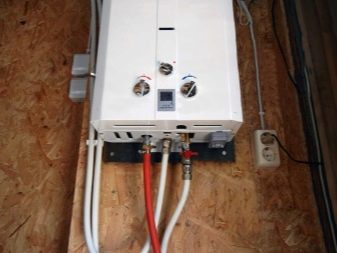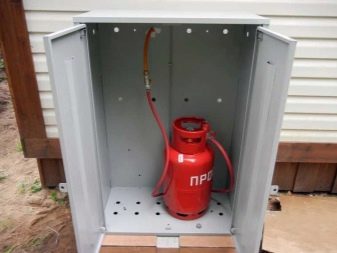Gas water heater on liquefied gas
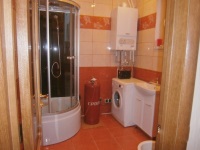
Everyone who is faced with an interruption or lack of hot water supply, thinks about the purchase of a heater. The optimal choice for many of our compatriots is a gas-fired flow heater. Although in most cases such devices use natural gas for their work, there are models capable of operating on liquefied gas.
Principle of operation
Heating the water in a liquid gas heater is done while it is flowing through a heat exchanger, which is affected by the heat from the burner. As the water flows inside the unit, its temperature rises, resulting in hot water coming from the tap almost immediately after turning on the speaker.
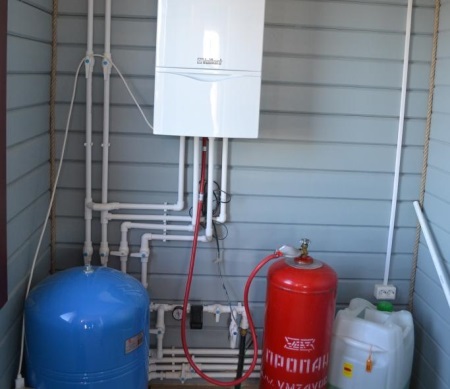
Consumption
The gas consumption during the operation of the heater is affected by many characteristics of the appliance, and first and foremost is the capacity of the device. On average, if the equipment consumes about 2.3 m³ of natural gas per hour, the consumption of liquefied gas will be only 0.8 m³ per hour.
Can it be used without a chimney?
Nowadays, customers can buy models of boilers that do not require a vertical chimney. They are called turbine and the main difference of such boilers is the forced ventilation through a coaxial pipe, which can be led through the wall outdoors. Through this pipe at the same time removed from the combustion products from the speaker and pumped air from the street.
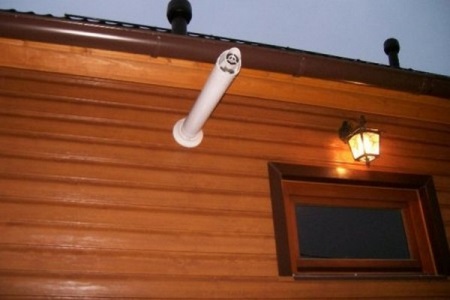
With a closed combustion chamber
Most water heaters, which use gas in their work, the combustion chamber is open, but also sold models with a closed-type chamber. In such a heater air enters from the street, not from the room in which the unit is installed. As a result, the oxygen in the room is not burned out.
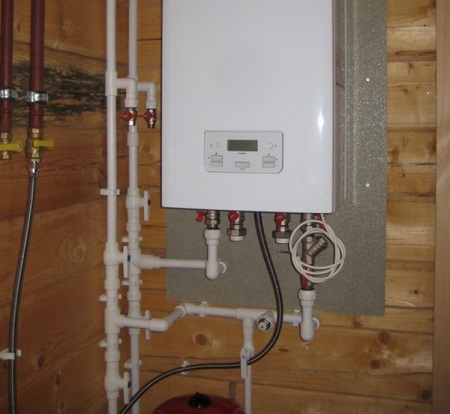
Is it suitable for dacha?
The heater, which uses liquefied gas as a source of energy, is considered a good choice for dacha conditions. Unlike natural gas and electricity, there is always access to liquefied gas in the countryside, and the need for hot water in nature and away from centralized water supply is consistently high.
Instructions for use
Under no circumstances store the cylinder with liquefied gas or under direct sunlight, or next to any heating device. This also applies to routing the hose from the cylinder to the heater. Also, do not heat the gas cylinder or use the heater when the cylinder is damaged. It is also important to make sure that children or unauthorized persons do not have access to the cylinder.
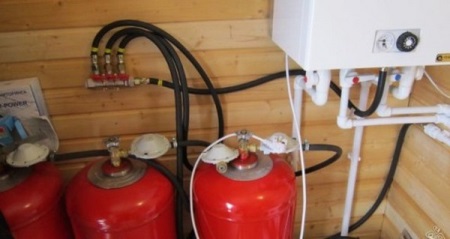
Is it possible to reconfigure the heater for a different type and pressure of gas?
Many units can be converted for liquefied gas, but the conversion process must be performed by a certified service provider. In addition, the changeover is only necessary with the use of a set of parts from the manufacturer of the heater.
The readjustment work includes replacing the nozzles on the manifold so that the unit is fitted with nozzles with a hole diameter suitable for the type of gas and its pressure. For the time of readjustment, the unit must be turned off and the gas pipe shut-off valve must be shut off. When the changeover is complete, all connections should be assessed for leaks. In addition, the type of gas, the date of changeover and the organization that performed the changeover are indicated on the unit and in its manual.
Start-up and operation of the water heater running on liquefied gas, see the following video on the example of the gas boiler.
Installation and mounting
Once the heater is set up to work on liquefied gas, you should pay attention to the characteristics of the gas cylinder:
- It must necessarily have a reducer, and its stabilization pressure should be 300 mm water column.
- The minimum vapor phase capacity of the cylinder must be 1 m³ per hour.
In addition, a flexible hose with an inner diameter of at least 12 mm and a length of up to 2.5 m must be selected. This hose must be able to withstand the gas used, taking into account the specified temperature and pressure. For this purpose, select a hose that is approved for use with liquefied gas. It must not be twisted or bent near the nozzles during connection.
If the hose must be installed with a bend, the radius of this bend should not be less than 90 mm on its outer line, and the beginning of the bend should be at least 50 mm from the tip. To avoid the appearance of kinks, use adapters and angled connections, and if the hose is too long, its installation allows the use of intermediate supports.
Having dismantled the hose, install a gas shut-off valve in front of the speaker, which should be easily accessible. When installation is complete, be sure to check all sections of the connections and the entire hose to detect leaks and leaks in time.
